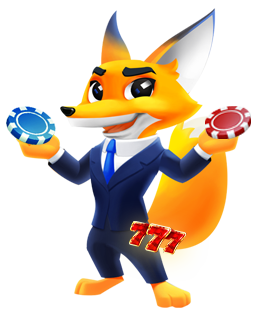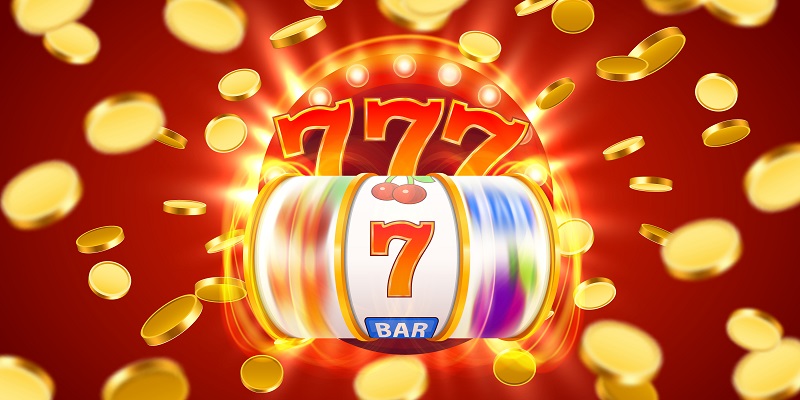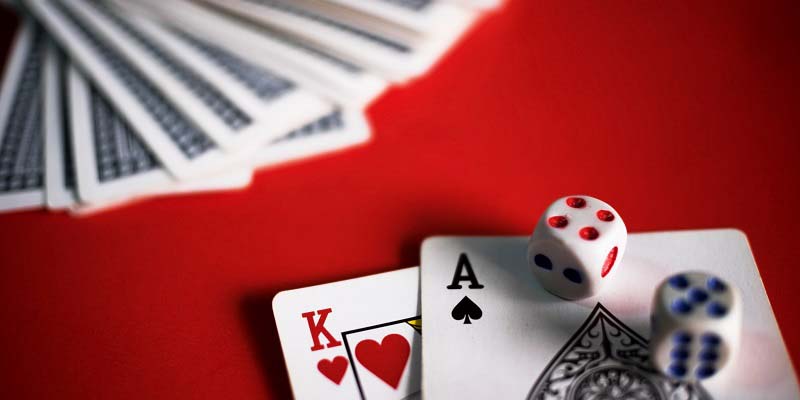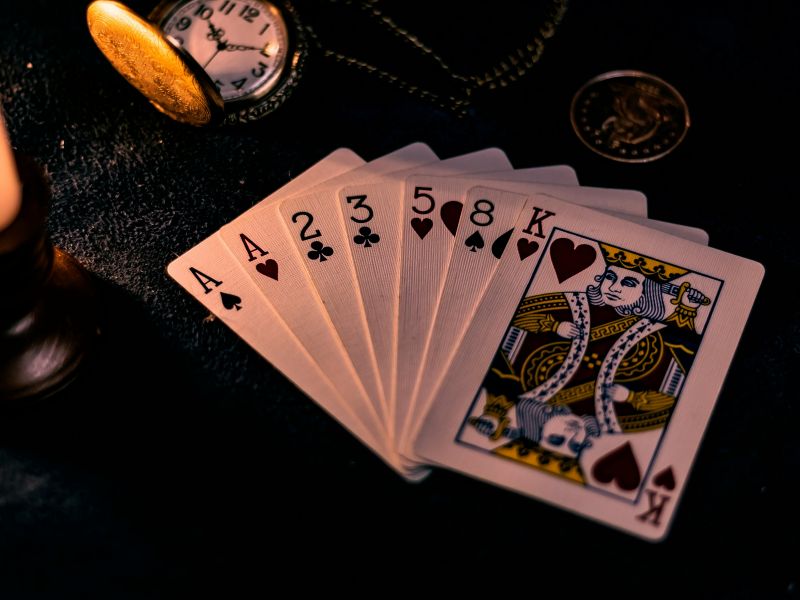7 Reasons Why You Shouldn’t Split Face Cards in Blackjack
Can you split face cards in blackjack? - A question I hear all the time, especially from players wanting to up their game, is about splitting face cards. In this blog, I’ll answer that question and break down the reasons why you should - or shouldn’t - split face cards.
Can You Split Face Cards in Blackjack?
Yes, you can split face cards in blackjack since any cards valued at ten, like Tens, Jacks, Queens, and Kings, are considered the same. This means you’re allowed to split a hand with, say, a Jack and a King. However, it’s usually not the best choice, and here’s why.
With two face cards, you already have a strong total of 20, close enough to 21 that splitting isn’t beneficial. Splitting changes your strong hand into two new hands starting with only 10 each, and you’ll depend on high cards to make each hand worthwhile. B
y keeping the 20, you’re in a safer position with a hand that’s likely to beat the dealer. Often, it’s smarter to hold onto your 20 and play it safe.
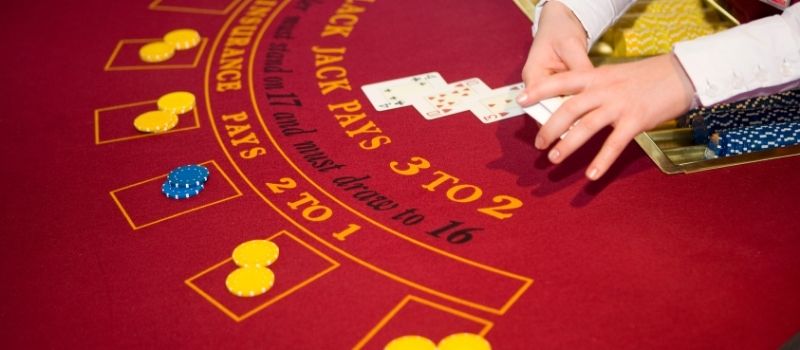
7 Reasons You Shouldn’t Split Face Cards in Blackjack
Splitting face cards in blackjack can be tempting, but let me tell you - it’s usually not the best move. Here are three simple reasons why keeping those face cards together is almost always the smarter choice.
Here are some reasons why you shouldn’t split face cards in Blackjack.
1st Reason: You’ve Already Got a Great Hand
When you’re dealt two face cards (like two Jacks or a Queen and a King), your hand totals 20. That’s just one point away from a perfect 21! Splitting this hand means breaking up a strong position for something riskier.
In blackjack, you’re aiming to get as close to 21 as possible without going over, and a 20 puts you in a pretty powerful spot. So, why split it?
Check out our guide on when to split in blackjack to make smarter choices and improve your gameplay.
2nd Reason: Splitting Could Leave You with Weaker Hands
If you split a pair of face cards, each new hand starts with just a 10. Now you’re hoping to pull another high card for both hands, but there’s no guarantee. You might end up with two weaker hands instead of one solid one. Sticking with your original 20 gives you a much better chance of beating the dealer without all the extra risk.
Can you split a Jack and Queen in blackjack? Yes, but splitting them can often weaken your position rather than improve it.
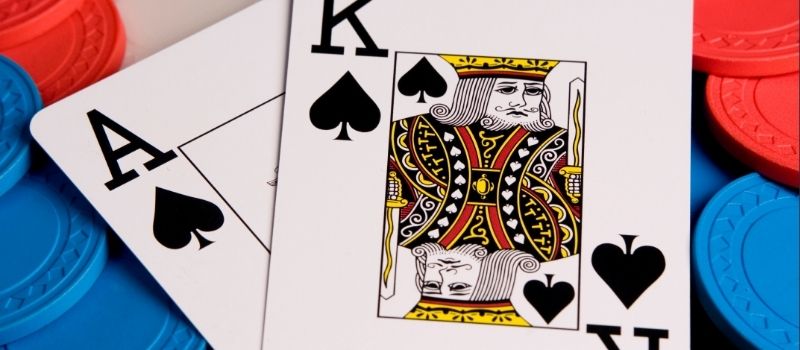
3rd Reason. Basic Blackjack Strategy Says Keep the 20
Basic strategy essentially the “blackjack rules of thumb” suggests you hold onto a 20 rather than split it. Statistics show that you’re more likely to win or at least push (tie) with the dealer if you don’t split. Keeping the 20 isn’t just safer; it’s a move that blackjack pros swear by for a reason.
So next time you’re sitting there with two face cards, remember: it might look exciting to split, but sticking with a solid 20 is usually your best bet. Blackjack is all about playing smart, and sometimes that means keeping things simple!
4th Reason: You’re More Likely to Win or Push
With a total of 20, you’re in a strong position to win against most dealer hands. The dealer needs to hit 21 to beat you, which doesn’t happen often. So by holding onto your 20, you’re more likely to win or, at worst, tie with the dealer, which is better than the uncertain outcomes of a split face card in blackjack.
5th Reason: Splitting Won’t Improve Your Expected Value
Expected value (EV) measures the average gain or loss if you made the same choice repeatedly. Holding a 20 has a higher expected value than splitting, which means you’re more likely to come out ahead over time by keeping the hand together. Splitting face cards rarely improves your long-term results.
6th Reason: Splitting Doubles Your Exposure to Risk
When you split, you’re doubling your bet and creating two hands that both have the risk of going over 21. If either of those hands busts, you’re losing twice as much as you would have by sticking with a 20. Splitting isn’t worth the extra exposure to risk when you’re already in a great position.
In contrast, splitting aces in blackjack is a better strategy, as Aces have greater potential for high-value hands, but face cards don’t offer the same advantage.
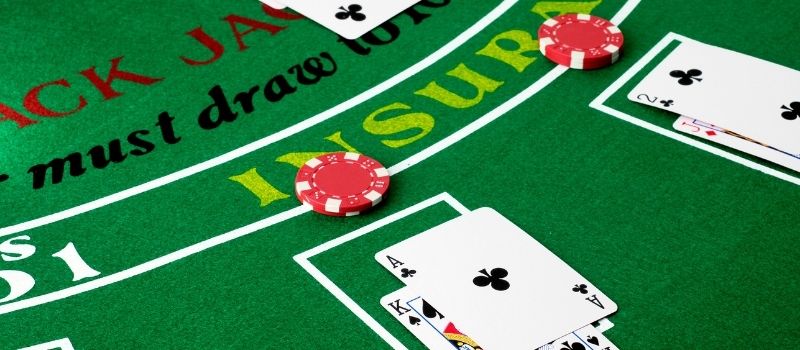
7th You Gain No Strategic Advantage
Splitting is useful when it turns a weak hand into something stronger. But with face cards, you’re taking a strong hand and risking it for something that might be weaker. There’s no strategic upside to splitting face cards; it’s just added risk with little reward.
So, the next time you’re dealt a pair of face cards, remember these reasons. Can you split any face cards in blackjack? Yes, but splitting a 10 and a face card or any face cards in blackjack might look exciting, but in blackjack, sticking with the strong hand you have is often the winning move.
The Final Thought
In conclusion, Can split face cards in blackjack? Technically, yes but I wouldn’t recommend it. A 20 is already a strong hand, and splitting just adds unnecessary risk. Blackjack is all about smart choices, so when you’re dealt those face cards, trust the power of that 20 and stick with it for the best chance to win!




